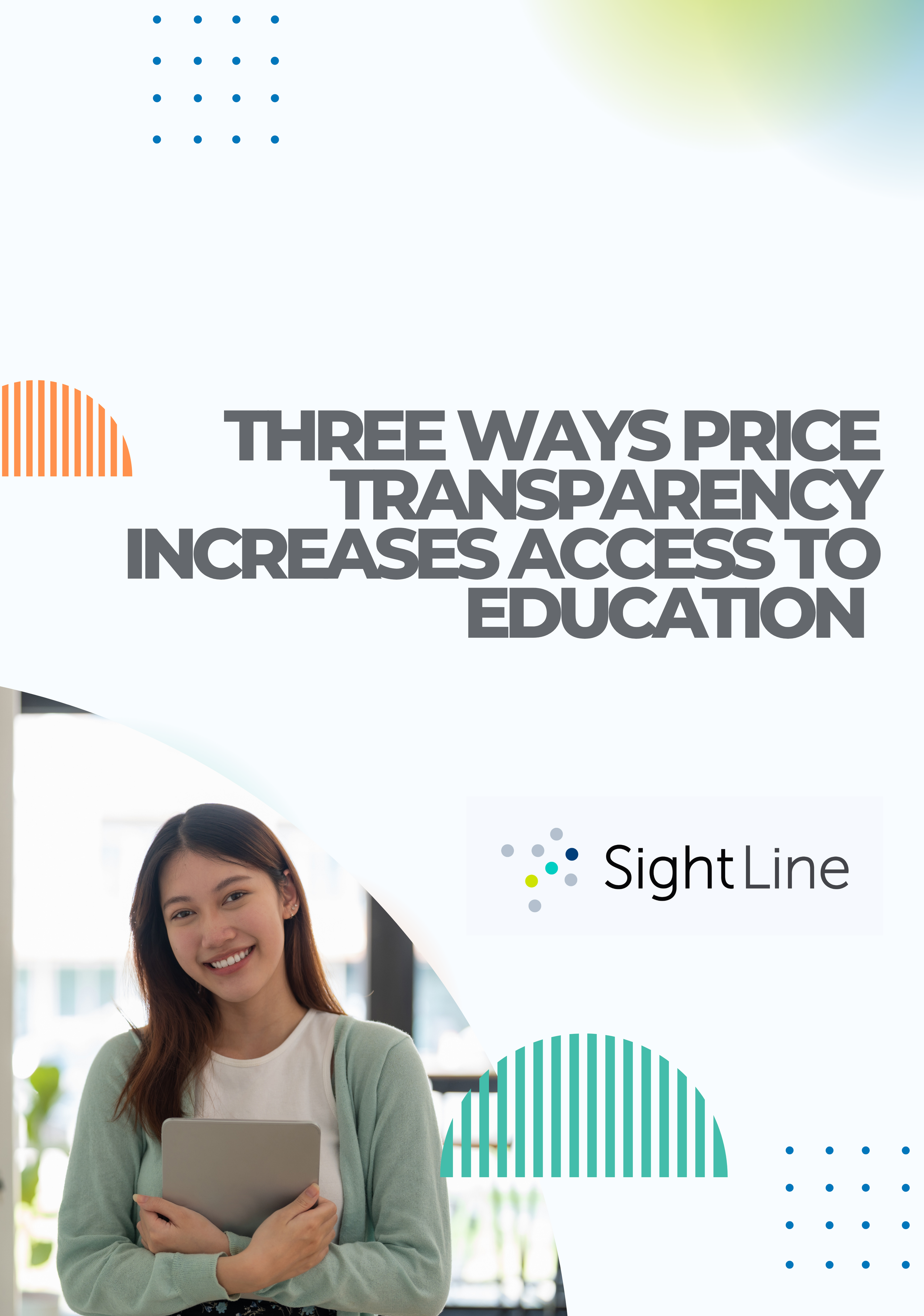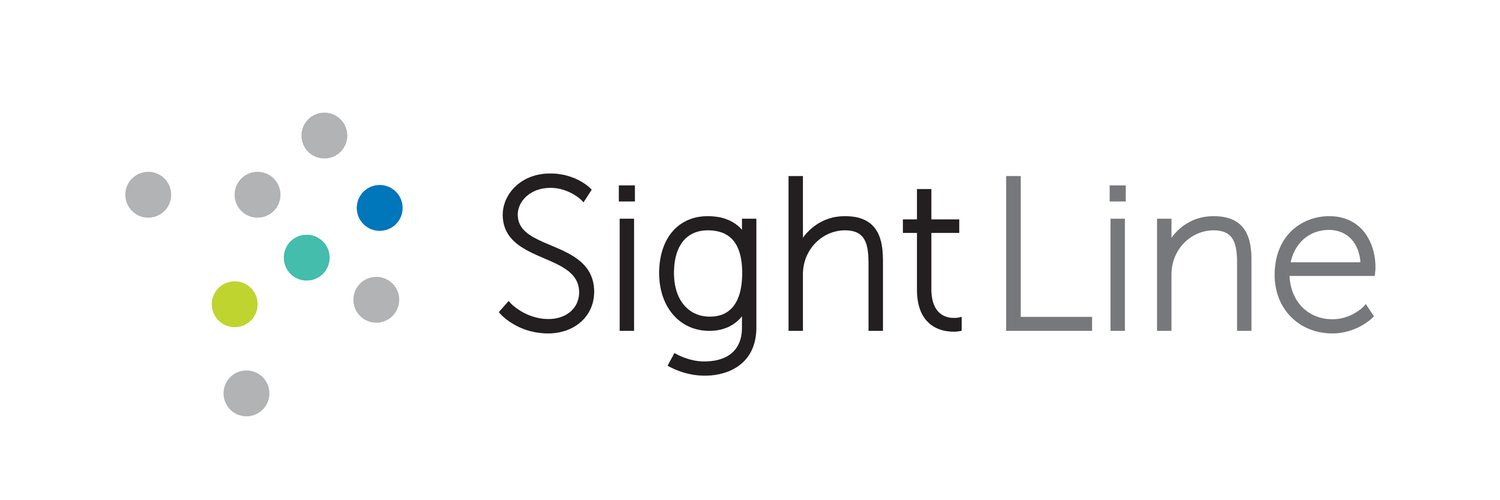
Enhancing Student Retention: Leveraging Summer Engagement with SightLine
SightLine's recent research highlights a significant trend in college student attrition during the summer break, surpassing that of winter break. This raises questions about the reasons behind this summer exodus—whether it's a result of the extended break duration, the allure of temporary employment, or a period of reflection on education and career paths. Recognizing the vulnerability in losing contact with students during this time, SightLine proposes proactive measures to engage and retain students during the crucial summer months.

The Top 3 Benefits of Employing Students on Campus
Many universities have significant budgets available for student employment. At SightLine, we view these resources as a great opportunity to engage with the students at your University and promote student success. University leaders may have questions regarding the positive or potentially negative effects that student employees may feel.

Employing Students on Campus Remains a Strong Indicator of Student Success
At SightLine, we believe that student success and university success go hand-in-hand. We have found that student employment on campus provides a natural framework for engaging with students, resulting in better long-term retention outcomes.

SightLine Customers Announce Record Breaking Enrollments
Throughout 2021, the SightLine data science team worked with Arkansas Tech University and Grand Valley State University on student enrollment challenges, during a time of historical nationwide declining higher-ed enrollment. Both universities realized the need to convert to test optional or even test blind scholarship criteria. Commendably, both also prioritized supporting underserved students at their institution.

Impactful Allocation of Performance Based Scholarships
Performance based scholarships aim to reduce reliance on loans and provide incentives for academic success. This is particularly true for students identified as at-risk of dropping out. There are a variety of risk factors specific to each student and institution. This makes leveraging data essential to award these critical scholarships to the individuals who will capitalize on the opportunity.

Targeting Supplemental Aid During the Spring to Boost Fall Enrollment
As the VP of Enrollment or Director of Financial Aid, you may gain a better idea of the size and caliber of your incoming student class as the enrollment season progresses. At this time of year (spring through early summer) you may feel pretty confident about application progress and the number of deposits your institution is receiving, but there is always room to improve. On the other hand, your institution may be tracking a little behind expectations. But it is not too late to make some targeted adjustments to get back on track or even exceed enrollment goals.

The Impact of Tuition Resets
During Fall 2022, enrollment declined by 1.1% compared to Fall 2021 enrollment numbers. This is closer to the pre-pandemic enrollment declines that were expected, although these results were certainly not desired. First year freshman enrollment declined in all four-year sectors ranging from highly selective private institutions to public flagship universities. This continual decline has led more colleges and universities than ever to consider or implement a price freeze or a complete tuition reset.

How Colleges Can Boost Enrollment with Smarter Financial Aid Strategies
Many colleges and universities struggle to communicate the value of their academic programs to students and families. This can be attributed to not quantifying and promoting return on investment, student price sensitivity, and overly complicated cost and scholarship structures. SightLine and Meadow partner to address affordability concerns and value concerns to enroll more students.

Preparing for SAI – Adjusting Institutional Aid for New Students
The SightLine team is focused on proactively supporting financially underserved students through the evolving FAFSA requirements. We are keeping a close eye on these changes to help our college and university customers seamlessly make the transition.

How the Student Voice Can Inform University Brand
College students have many different day-to-day experiences ranging from interactions with professors, to doing their laundry in residence halls. Hopefully most experiences are positive, but inevitably there will be some negative experiences that can leave lasting impressions on college life in general. It is important for higher ed leaders to understand the perceptions and experiences, both good and bad, of college students to better serve them.

Navigating the Storm: Economic Cycles and Demographic Cliffs
Higher education is facing a perfect storm, as various economic factors, demographic shifts, and institutional challenges converge to create a complex landscape for colleges and universities. In this article, we will explore the dynamics of the converging economic cycles, the impending student demographic cliff, and the resulting enrollment and tuition pricing crisis in higher education.

The Top 4 Issues We See on College Financial Aid Websites
Clear communication on university financial aid pages is paramount for ensuring education affordability and accessibility. These pages serve as crucial gateways for students seeking information about available financial assistance, scholarships, grants, and loans. In a landscape where the cost of education continues to rise, affordability and easily comprehensible content on financial aid pages empowers prospective and current students to make informed decisions about their academic pursuits.

8 Key Takeaways: FAFSA Simplification Survey Results
To get a better understanding of what challenges are stemming from the FAFSA Simplification Act, we polled enrollment, financial aid, and budgeting leaders from colleges and universities across the country. The results are in, representing every geographic region, institution type, and size. We see some key trends and challenges emerging.

Three Ways Price Transparency Increases Access to Education
Access to higher education is a cornerstone of individual growth and societal progress. In recent years, initiatives aimed at increasing price transparency and improving scholarship access have emerged as key factors in boosting college enrollment rates. This article explores how these measures contribute to breaking down financial barriers, empowering prospective students, and fostering a more inclusive educational landscape.

Reflecting on Fall 2023 Enrollment: Insights for Enrollment Leaders
Now that fall enrollment numbers are in, it is imperative for enrollment leaders to reflect on their goals, recognize their success, and identify areas for improvement. In this article, we will explore areas of improvement and highlight potential ideas to test out in the coming years.
